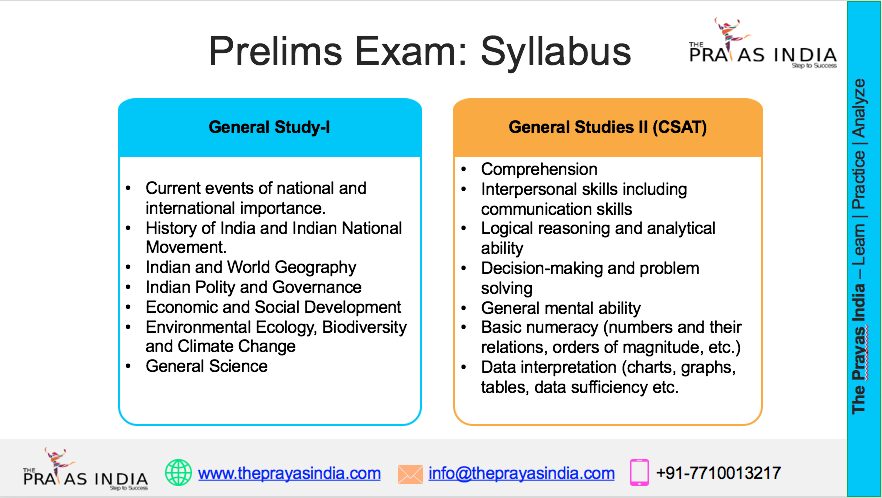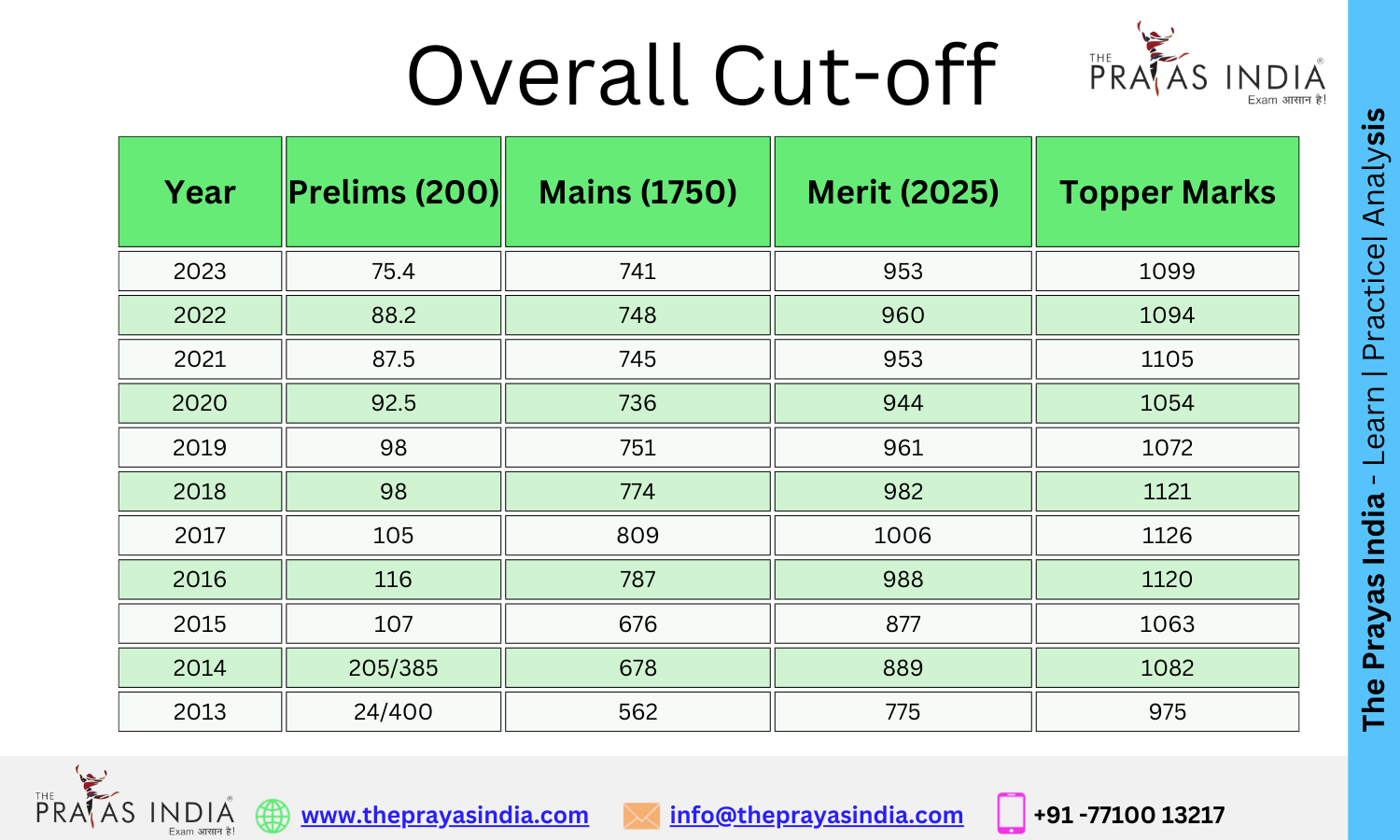RBI Likely to Hold Rates but Tariff Shock May Prompt Cut: Detailed Analysis
Introduction
As the Reserve Bank of India (RBI) prepares to announce its bi-monthly monetary policy in August 2025, the broader economic consensus suggests that interest rates will remain unchanged for now. India’s inflation trajectory has stabilized, and domestic growth continues at a moderate pace. However, a new risk looms over the horizon—a sharp and unexpected tariff shock triggered by the United States.
The imposition of fresh tariffs on Indian exports could unsettle the external sector, impacting trade balances, foreign exchange reserves, and industrial output. In this context, a scenario is building up where the RBI may be forced to pivot toward accommodative monetary policy in the near term—even if it stays on hold for now.
Macroeconomic Backdrop: Growth Stable, Inflation Tamed
In recent months, India’s macroeconomic indicators have presented a cautiously optimistic picture. The economy grew by an estimated 7.2% in Q1 of FY26, supported by strong consumption demand, improved agricultural output, and sustained momentum in construction and services.
Inflation, one of RBI’s key concerns, has been under control. The Consumer Price Index (CPI) stood at 4.3% in June 2025, comfortably within the central bank’s medium-term target range. Fuel and food prices have shown seasonal volatility but not enough to spark inflationary alarms.
This stable macroeconomic scenario gave RBI the space to maintain its repo rate at 6.50% in the past few policy cycles, and most analysts expect this stance to continue in the August review.
Tariff Shock: The New Risk Factor
On August 1, 2025, the U.S. administration imposed a series of fresh tariffs on Indian exports, including key sectors such as:
- Pharmaceuticals
- Electronics
- Steel and Aluminium
- Textiles
- Auto components
These duties, which range from 10% to 25%, were justified by Washington on strategic and national security grounds. However, they come at a time when global trade flows are already under strain due to shifting supply chains, regional conflicts, and high interest rates in developed economies.
For India, the implications are serious. The U.S. is one of its top export markets. Reduced competitiveness due to tariffs could result in:
- Lower export earnings
- Reduced industrial production
- Job losses in export-heavy sectors
- A widening current account deficit
The Indian rupee has already shown signs of weakness against the dollar, falling from ₹82.4 to ₹83.2 in just four sessions.
RBI’s Policy Challenge: Managing Growth and Stability
The RBI finds itself at a crossroads. On one hand, inflation remains within bounds, and there is no immediate justification for monetary easing. On the other, the tariff-induced external shock could hurt growth in the coming quarters, necessitating preemptive support.
Analysts at multiple brokerage firms have noted that if export and manufacturing data begin to weaken in August and September, the RBI could consider a rate cut in its October or December 2025 meetings.
RBI Governor Shaktikanta Das, in his recent statements, has emphasized “data-dependence and macroprudence,” suggesting that while rates will be held for now, future moves will be influenced by external and domestic risks.
Market Reactions and Forward Guidance
Bond markets have responded cautiously. The 10-year government bond yield fell slightly from 7.22% to 7.14%, indicating expectations of a potential softening in rates. The equity market, especially sectors such as auto, banking, and infrastructure, is also closely watching the RBI’s forward guidance.
The central bank’s tone in the August policy statement—particularly regarding the impact of global tariffs—will be key in shaping market expectations.
Conclusion: Hold Now, But Not for Long?
While the RBI is likely to maintain status quo on the repo rate in its August 2025 meeting, growing global uncertainties—especially the U.S. tariff shock—may force a reassessment of the central bank’s monetary stance. If trade flows weaken and industrial output slows, the case for a rate cut will strengthen by the year-end.
Policymakers, businesses, and exam aspirants alike should monitor the evolving global trade dynamics and their impact on India’s economic policy.
Stay updated with The Prayas India for the latest current affairs, economic insights, and exam-relevant analysis tailored for UPSC, RBI Grade B, Banking, and other competitive exams.


![Prayas-लक्ष्य [UPSC CSE Target] The Prayas India](https://theprayasindia.com/wp-content/uploads/2021/08/Prayas-लक्ष्य-UPSC-CSE-Target-The-Prayas-India-300x167.png)

![Prayas Pre-भेदश [UPSC CSE Prelims Test Series] The Prayas India](https://theprayasindia.com/wp-content/uploads/2021/08/Prayas-Pre-भेदश-UPSC-CSE-Prelims-Test-Series-The-Prayas-India-300x167.png)










